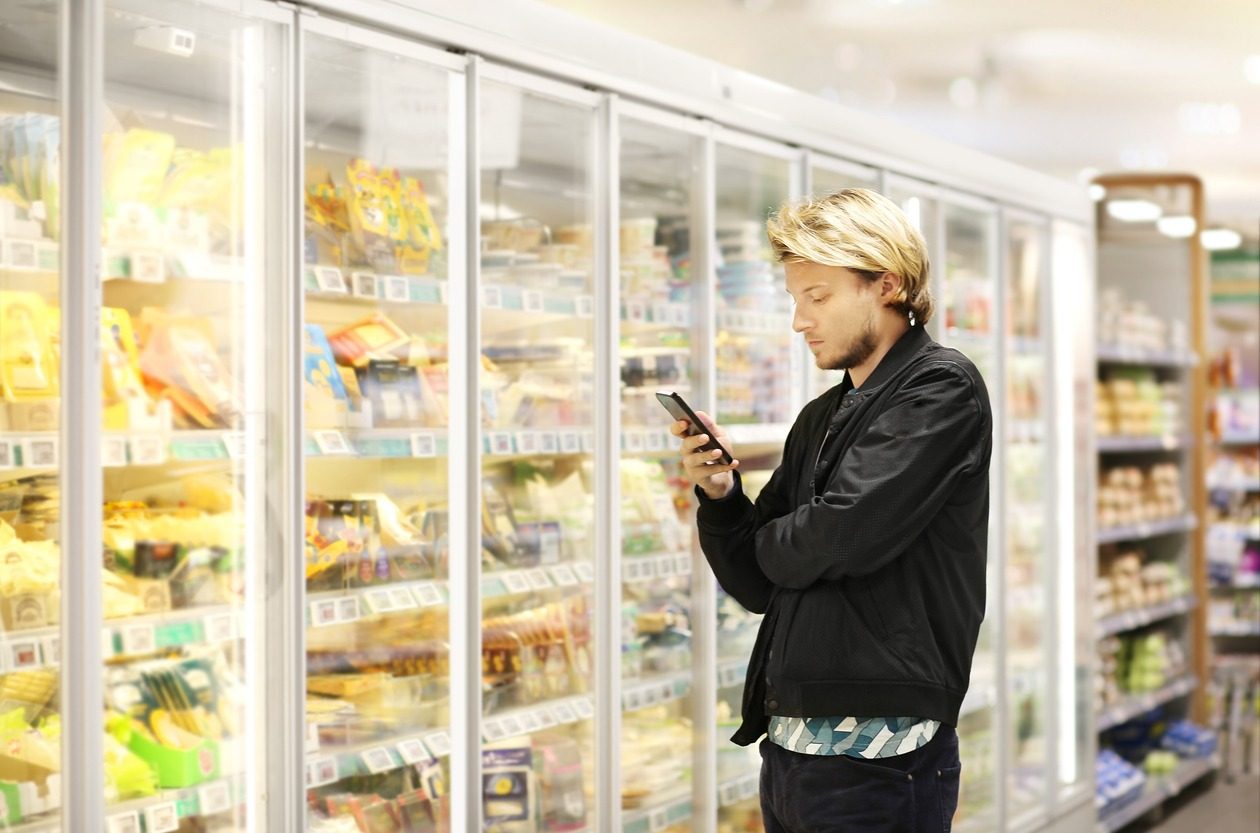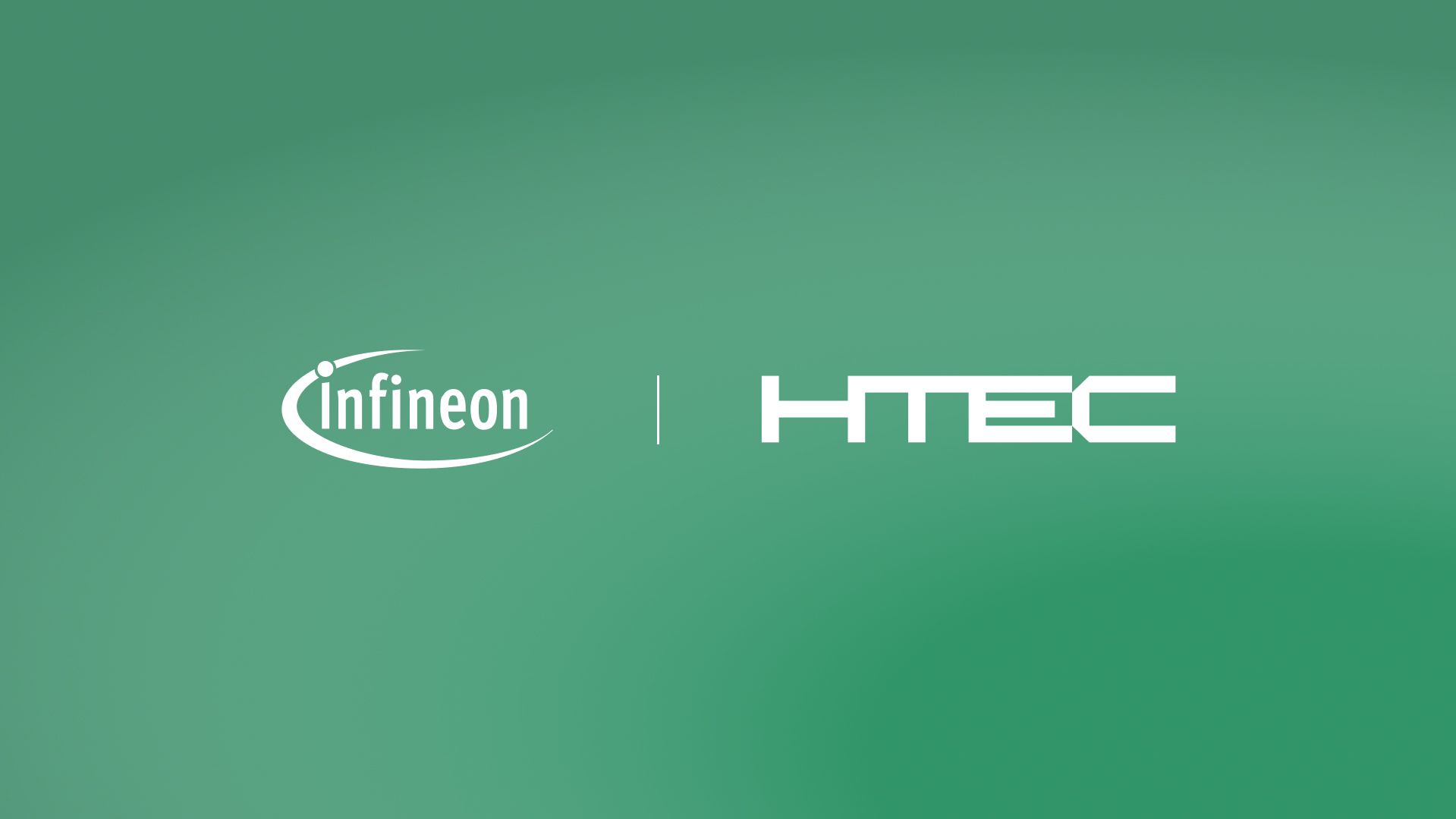The e-commerce boom of the last few years has significantly reshaped consumer behavior, with online grocery shopping rapidly becoming the new norm. The convenience of ordering necessities online or through an app is leading shoppers away from brick-and-mortar stores to digital ones. According to recent reports, 60% of British and 47% of American shoppers buy their groceries online at least some of the time.
Between 2024 and 2028, the global grocery delivery market should reach a compound annual growth rate of 12.4%. With the rising demand for online groceries and growing profitability, vendors must adapt or risk losing customers.
Strategically embracing new technologies can help you navigate the changing landscape, boost customer engagement, and scale responsibly. Below, we’ll discuss several ways to integrate technology into your online grocery store business.
Automate whenever possible
As consumers become accustomed to the convenience of online grocery shopping, their demands and expectations increase — especially when it comes to low prices and ease of use. While a financial boon, this upward trend can put undue pressure on your company’s supply chain, setting off a negative snowball effect. Additionally, if you’re dealing with staff shortages and inefficient processes, increased demand can have a detrimental impact on your business’ stability, which is why automation is imperative.
Implementing automation can vastly improve the efficiency of your processes. For example, automated tracking and reporting in your warehouses makes it easier to monitor inventory, ensuring stock never runs low. You can also automate your warehouse’s storage and retrieval systems, boosting order fulfillment rates as you streamline the pick-up and delivery process. Automation isn’t limited to your warehouse either; consider where automation can improve your customer-facing and internal platforms, cybersecurity, and marketing efforts.
Update infrastructure
Being prepared to accept, process, and fulfill customer orders quickly is crucial as an online grocer. Downtime, platform crashes, latency, and other network infrastructure issues can negatively impact your business (and bottom line). To avoid these, you should keep your infrastructure up-to-date and invest in scalable architecture.
Scalable architecture includes strong and stable platforms that can effortlessly navigate the ebbs and flows of customer demand. The first step is to begin the transition from legacy systems to adopt cloud infrastructure. Cloud infrastructure for the retail industry is a game changer, allowing for high availability for your website and platforms. Not only can cloud infrastructure help prevent downtime and crashes, but it’s also easier to back up your important data and scale when your business is ready to grow.
Improve data collection and processing
Customer satisfaction is critical to success, so understanding their behaviors and preferences is essential. Advanced analytical tools enable you to gather this information faster than ever, and many online grocers have begun adopting them.
Data collection, for example, allows grocers to gain valuable insights into their customers’ shopping habits. This, in turn, enables grocers to target various demographics better, drive sales, and offer personalized recommendations. You can also use data collection to provide a better overview of inventory performance, so if an item isn’t selling as much or as quickly as needed, grocers can make the necessary adjustments.
Leverage generative AI
Generative AI, an artificial intelligence that learns patterns using large data inputs, is particularly beneficial for the online grocery industry. There are tons of applications for generative AI technology in retail. On the supply side, it aids in effectively managing supply chain logistics and inventory by analyzing historical demand trends and forecasting future demand.
Additionally, generative AI can optimize delivery processes by examining and readjusting inefficiencies of the delivery system. It means even better customer care for your clients, with AI chatbots that offer 24/7 support, answering questions or even providing advice on meal planning and shopping. Improved customer support helps boost customer engagement and satisfaction — reducing churn and widening your customer base.
HTEC’s place in the digital aisles
The landscape of online grocery shopping is changing before our eyes. Online grocers must adapt to evolving consumer habits by strategically embracing technology throughout their organization’s ecosystem. HTEC understands this well and offers deep retail engineering expertise to help online vendors build and implement the technology they need.
What does this look like in action? Recently, we worked with a retailer to develop software that tracked and reported on the company’s warehouse operations. Our retail software solution helped the client improve order fulfillment times and collect and leverage warehouse data. We also developed a testing system for the robotics infrastructure in the warehouse and created a more efficient freezer solution.
By partnering with HTEC, online grocers can gain a strategic advantage in the market as they become better equipped to navigate rising demand and scale confidently.
Are you ready to revolutionize the way your customers buy groceries online?
Get in touch with our retail experts to hear how we can help.





